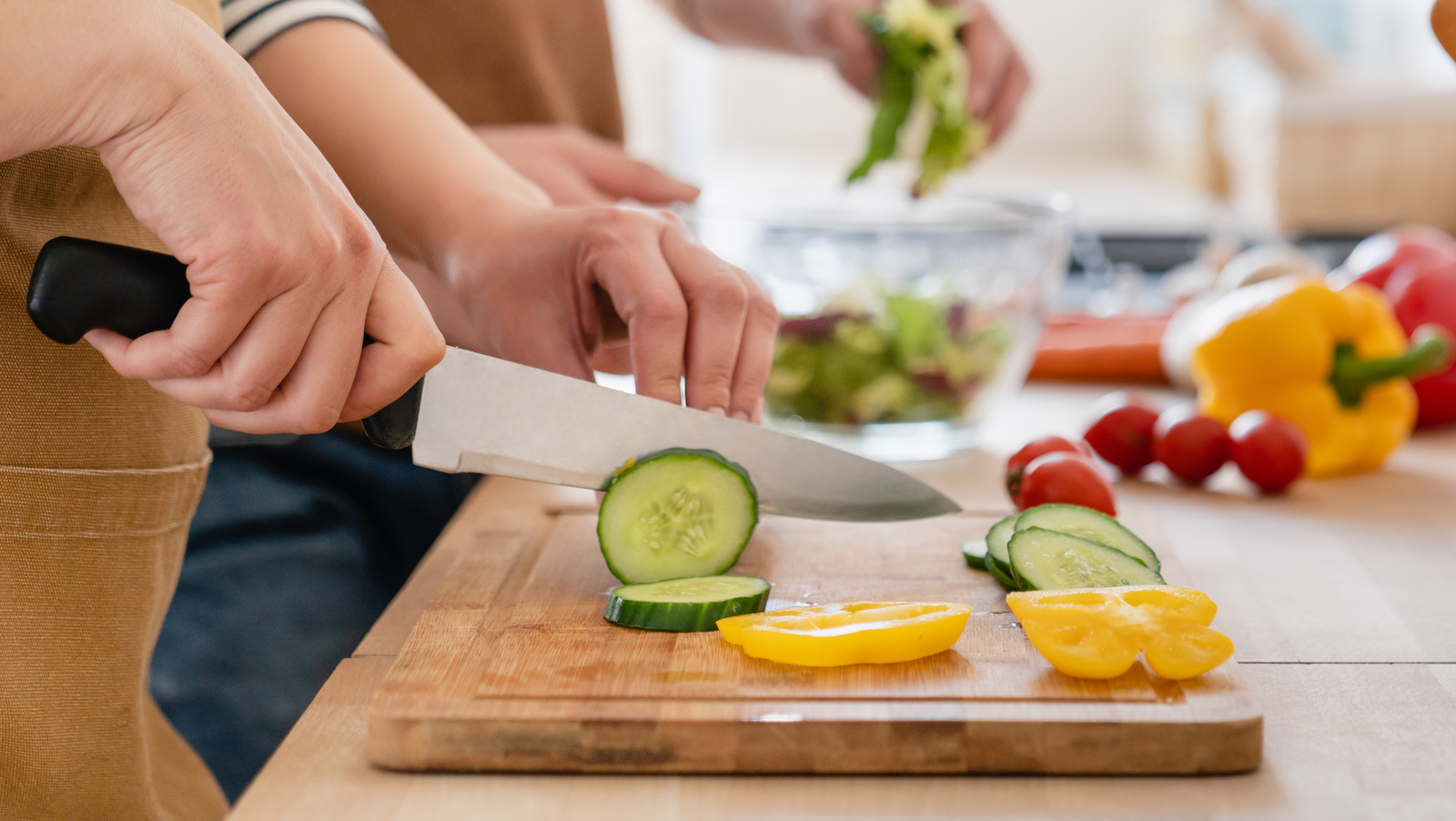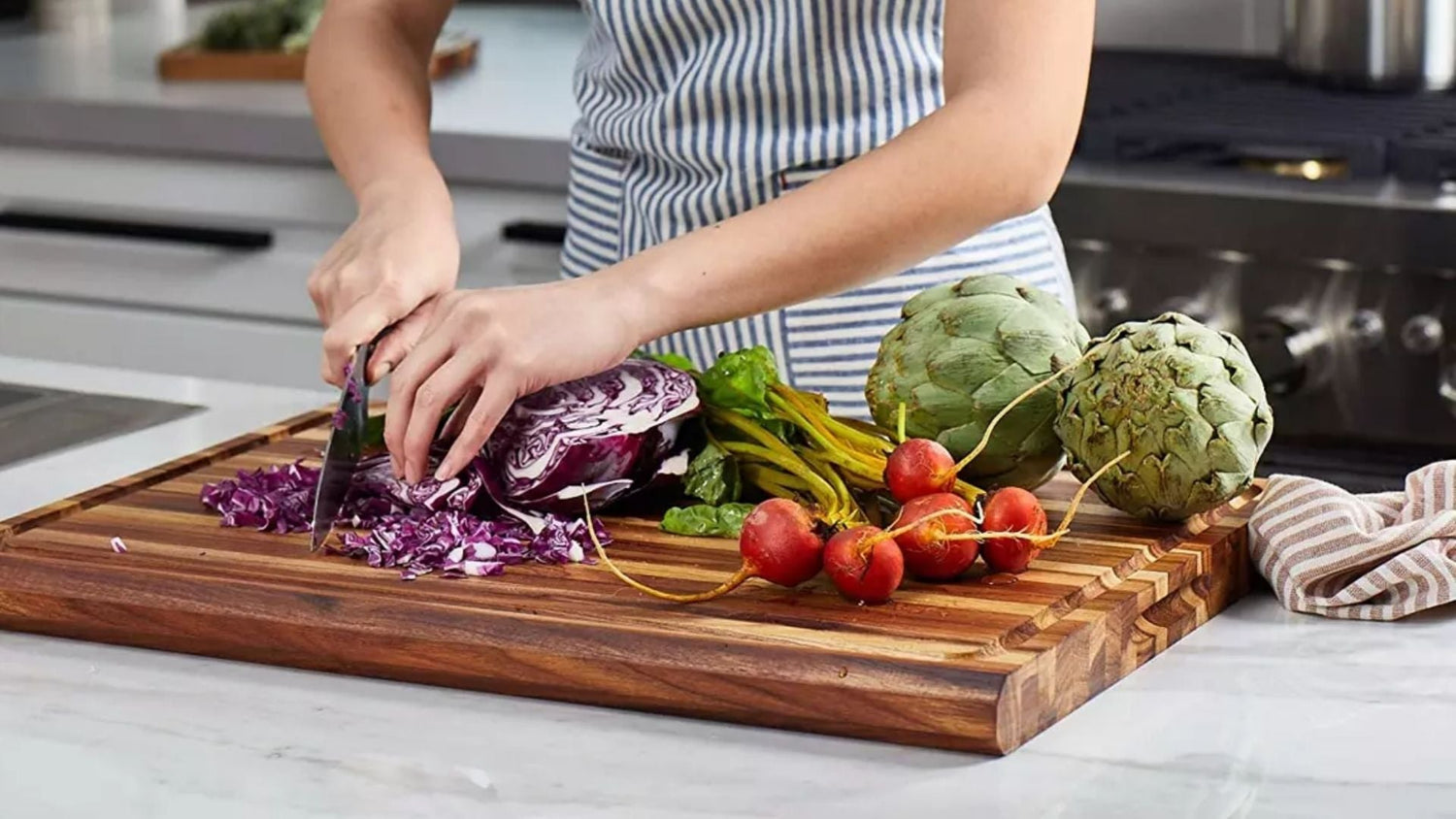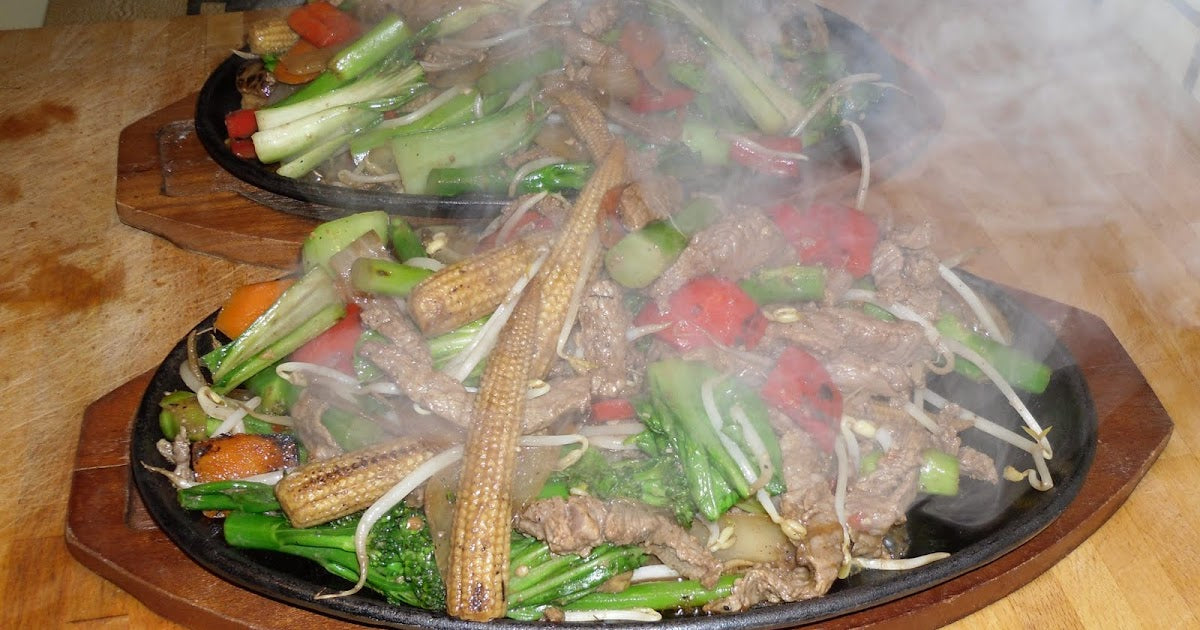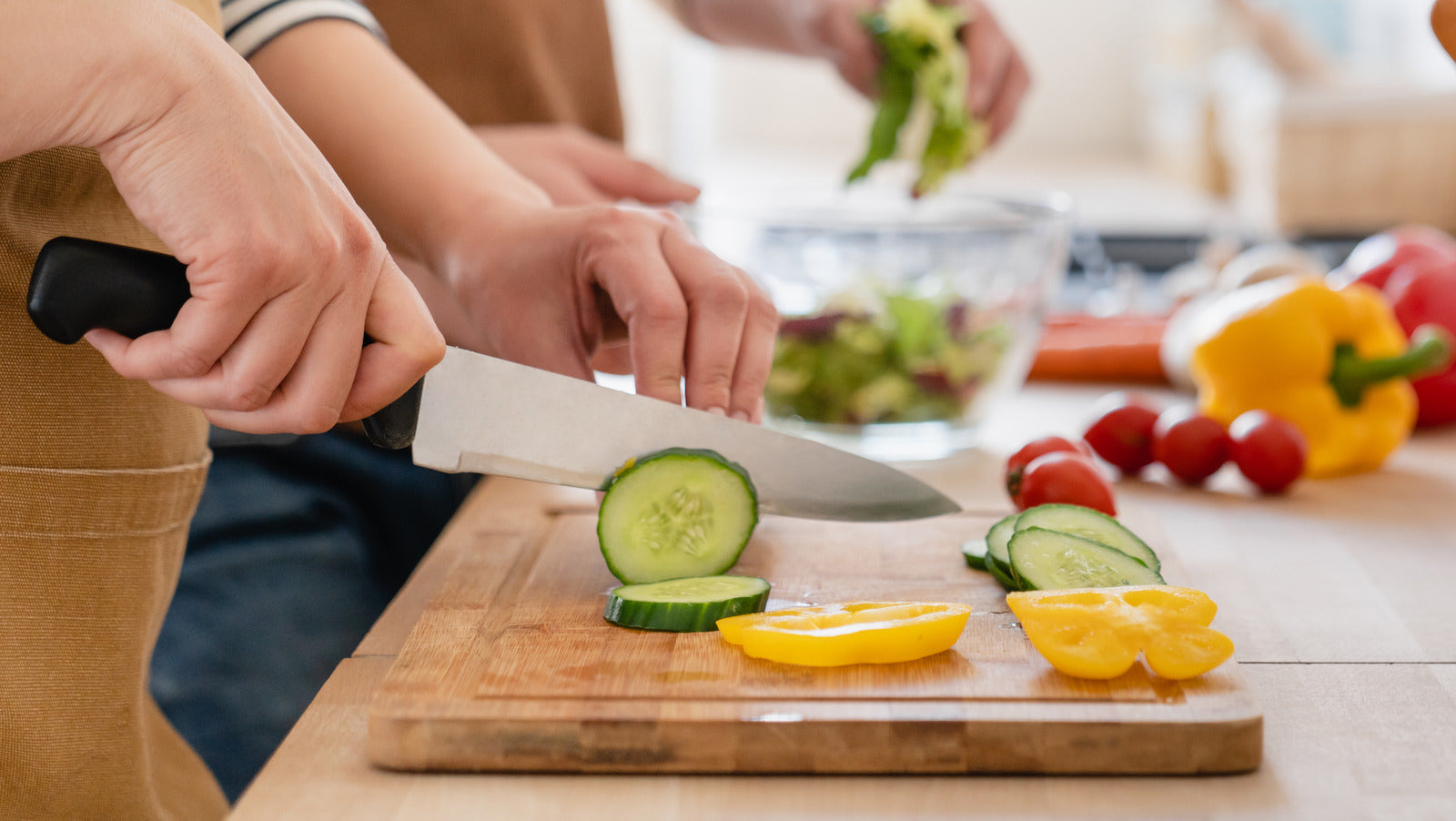For every kitchen professional, the cutting board is an indispensable tool. But have you ever wondered how to make a simple cutting board tailored to your personal needs? A handcrafted cutting board not only brings a unique charm to your kitchen but also outperforms most commercial options. This guide will walk you through a straightforward process to create a practical and aesthetically pleasing cutting board.
From understanding the necessary materials to mastering the steps, this guide is tailored to help kitchen professionals like yourself elevate your cooking space. Whether you're crafting one for your own use or as a gift, this is an ideal way to bring a personal touch to your culinary adventures.

What Materials Do You Need?
To get started, gather your materials. The right wood and tools will make all the difference in your project. Heres what youll need:
- Wood: Choose hardwoods like maple, walnut, or cherry for durability and natural beauty.
- Wood Glue: Look for food-safe, waterproof wood glue like Titebond III.
- Sandpaper: You'll need a range of grits, from 80 to 400, for a smooth finish.
- Tools: A jigsaw or table saw, clamps, and a planer will be essential for cutting and shaping the board.
- Mineral Oil: Use food-grade mineral oil to season and protect your cutting board.
Make sure to check out this step-by-step guide for additional tips on choosing the best wood for your project.
Step-by-Step Guide on How to Make a Simple Cutting Board
Follow these detailed instructions for a stunning yet simple cutting board:
Step 1: Select and Prepare the Wood
Your choice of wood is the foundation of your cutting board. Maple is an excellent choice for kitchen professionals due to its tight grain that resists bacteria. Make sure the wood is free of any knots or defects. Cut your board to the rough dimensions you prefer using a jigsaw or table saw.
Step 2: Glue and Clamp the Wood
If you are piecing together multiple planks, apply a liberal but even coat of wood glue along the edges. Arrange the planks on a flat surface and use clamps to hold them tightly together, ensuring there are no gaps. Let it dry for at least 24 hours.
Step 3: Shape and Smooth the Board
Once the glue dries, use a planer to smooth out the surface. Next, use a jigsaw or router to shape the board. Popular shapes include rectangles and ovals. Sand the board thoroughly, starting with coarse-grit sandpaper (80 grit) and working your way up to 400 grit for a soft, smooth finish.
Step 4: Season the Board
To protect your cutting board from moisture and food stains, season it with food-grade mineral oil. Apply a generous amount using a cloth, let it soak for an hour, and wipe off the excess. Learn more about protecting your cutting board to ensure longevity.
Care and Maintenance Tips
Your cutting board will last longer with proper care. Avoid submerging it in water or putting it in the dishwasher. Instead, clean it with mild soap and warm water and dry it immediately.
If your board ever warps, check out this guide on unwarping boards for quick solutions.
FAQs
Why Choose Hardwood for a Cutting Board?
Hardwoods like maple are durable, have a closed grain, and are resistant to bacteria, making them ideal for food preparation.
How Often Should I Oil My Cutting Board?
It depends on usage. For kitchen professionals, it's advisable to oil your cutting board every two weeks to maintain its condition.
Can I Use Softwood?
Softwoods are generally not recommended as they won't endure heavy chopping and may contain more sap, which is less food-safe.
:max_bytes(150000):strip_icc()/prevent-cutting-board-slipping-1123-c9837c7f958745b792c2b115c7d7bccd.jpg)
Conclusion
Learning how to make a simple cutting board is a rewarding process, especially for kitchen professionals who love working with their hands. The end result is a customized, functional, and beautiful addition to your kitchen setup. For more tips, consider reading how to clean your cutting board effectively for long-lasting performance.
This article contains affiliate links. We may earn a commission at no extra cost to you.






Leave a comment
This site is protected by hCaptcha and the hCaptcha Privacy Policy and Terms of Service apply.